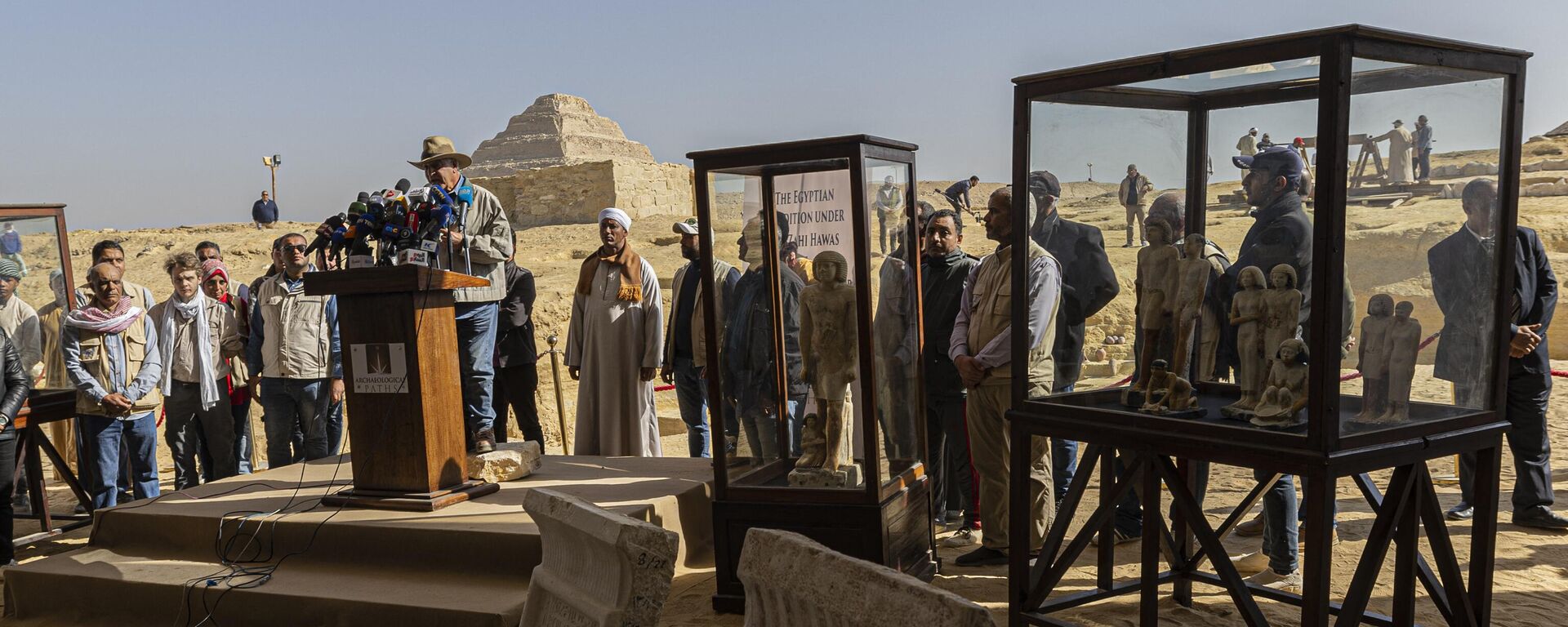Mystery of Egyptian Artifacts Found in Scottish Schoolyard 71 Years Ago Finally Solved
11:54 26.11.2023 (Updated: 10:22 25.04.2024)
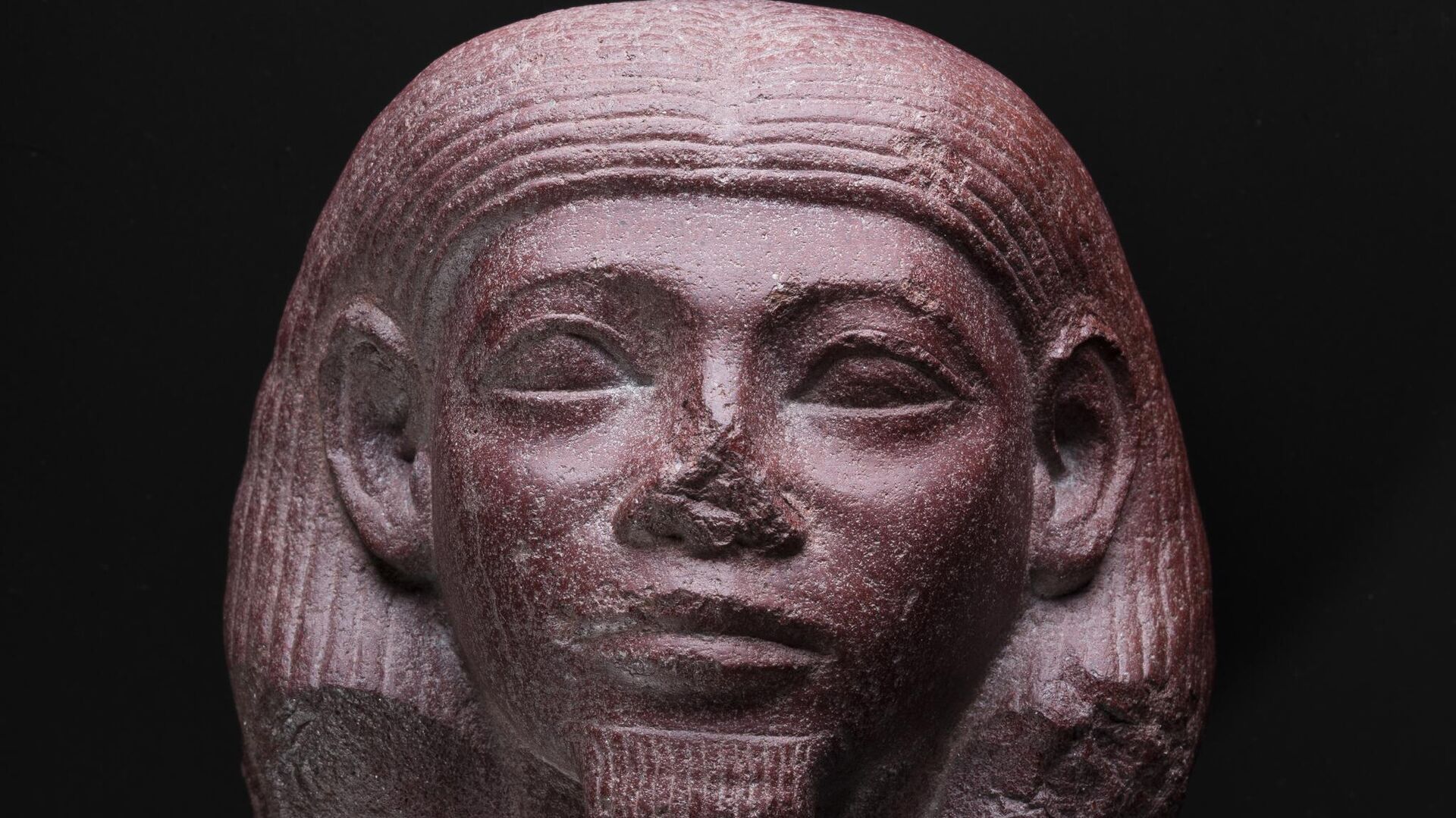
© National Museums Scotland
Subscribe
Archaeologists have finally cracked the enigma surrounding a collection of ancient Egyptian relics and sculptures discovered in a Scottish school's yard 71 years ago. The origin and cultural significance of these artifacts were promptly recognized, but their unexpected presence in Scotland remained a baffling puzzle.
The curious saga unfolded in 1952 when a schoolboy, relegated to yard work as punishment, stumbled upon an Egyptian statue meticulously carved from red sandstone. This initial finding was just the tip of the iceberg.
In 1966, a bronze statuette of the revered Apis bull was unearthed, followed by another Egyptian bronze figurine discovered by a group of boys in 1982. This latter discovery prompted a museum excavation, unearthing a trove of 18 mesmerizing artifacts in total, each with its intricate tales to tell.
Among them are part of a statuette of the Egyptian Goddess Isis suckling her son Horus and a ceramic plaque with the eye of Horus.

1/4
© National Museums Scotland
Head of a statue of a man in sandstone, mid-12th Dynasty (about 1922-1874 BC © National Museums Scotland
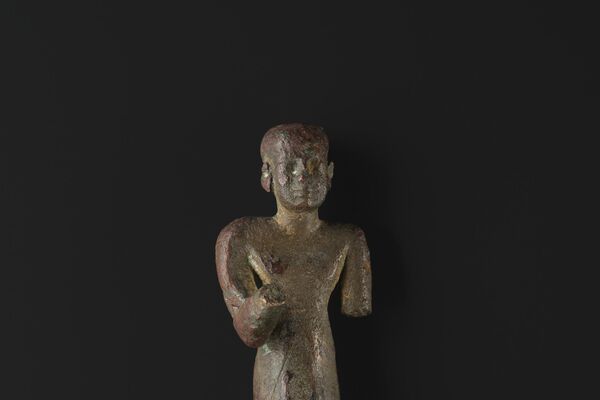
2/4
© National Museums Scotland
Leaded bronze figurine of a priest, Third Intermediate Period (about 1069-656 BC © National Museums Scotland
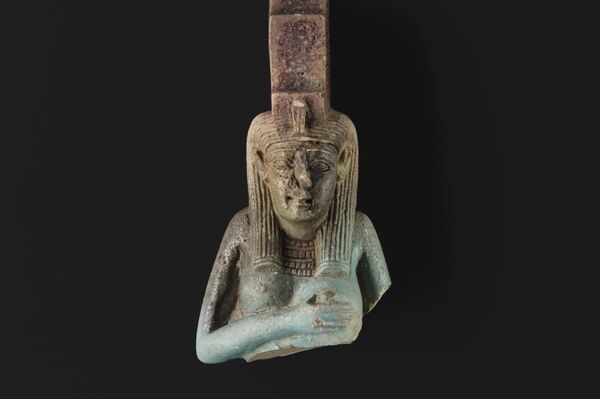
3/4
© National Museums Scotland
Fragment of a faience amulet of Isis nursing Horus, Late or Ptolemaic Period (about 664-30 BC © National Museums Scotland
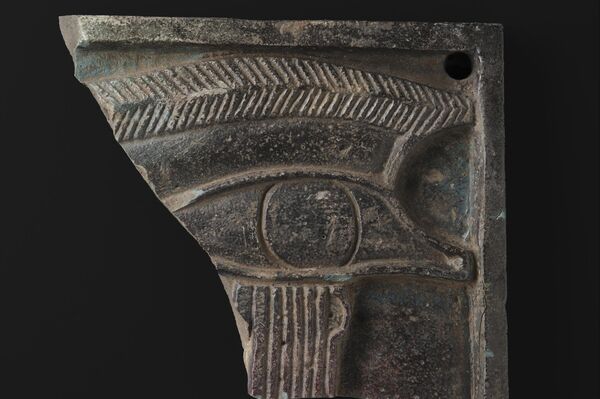
4/4
© National Museums Scotland
Fragment of a faience plaque depicting the Eye of Horus, Late or Ptolemaic Period (about 664-30 BC) © National Museums Scotland
1/4
© National Museums Scotland
Head of a statue of a man in sandstone, mid-12th Dynasty (about 1922-1874 BC © National Museums Scotland
2/4
© National Museums Scotland
Leaded bronze figurine of a priest, Third Intermediate Period (about 1069-656 BC © National Museums Scotland
3/4
© National Museums Scotland
Fragment of a faience amulet of Isis nursing Horus, Late or Ptolemaic Period (about 664-30 BC © National Museums Scotland
4/4
© National Museums Scotland
Fragment of a faience plaque depicting the Eye of Horus, Late or Ptolemaic Period (about 664-30 BC) © National Museums Scotland
Scientists were able to date the artifacts from 1069 B.C. to 30 B.C. but how they ended up in Scotland and buried in the yard remained a mystery.
At least part of that mystery has been solved, researchers say.
Researchers believe the artifacts came to the yard while it was still in the Melville family. They believe that Alexander Leslie-Melville, Lord Balgonie, who was the son of David-Leslie Melville, the 7th Earl of Melville (and the 8th Earl of Leven) and the heir to the Melville House, likely brought the artifacts there, after he visited Egypt in 1856, a year before his death from tuberculosis.
During that time period, it was common for artifacts to be sold to foreigners traveling in Egypt.
Researchers believe family members may have forgotten about them after moving the objects to an outbuilding, which was later demolished.
"Excavating and researching these finds at Melville House has been the most unusual project in my archaeological career, and I'm delighted to now be telling the story in full," Elizabeth Goring, a former curator at the Royal Scottish Museum in Edinburgh, who led the excavation and was the one the boys brought the bronze figurine to, said in a statement.
The objects remain the only Egyptian artifacts to be officially found and identified in Scotland.
